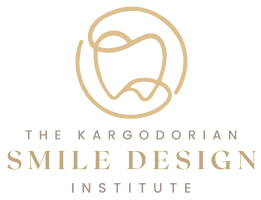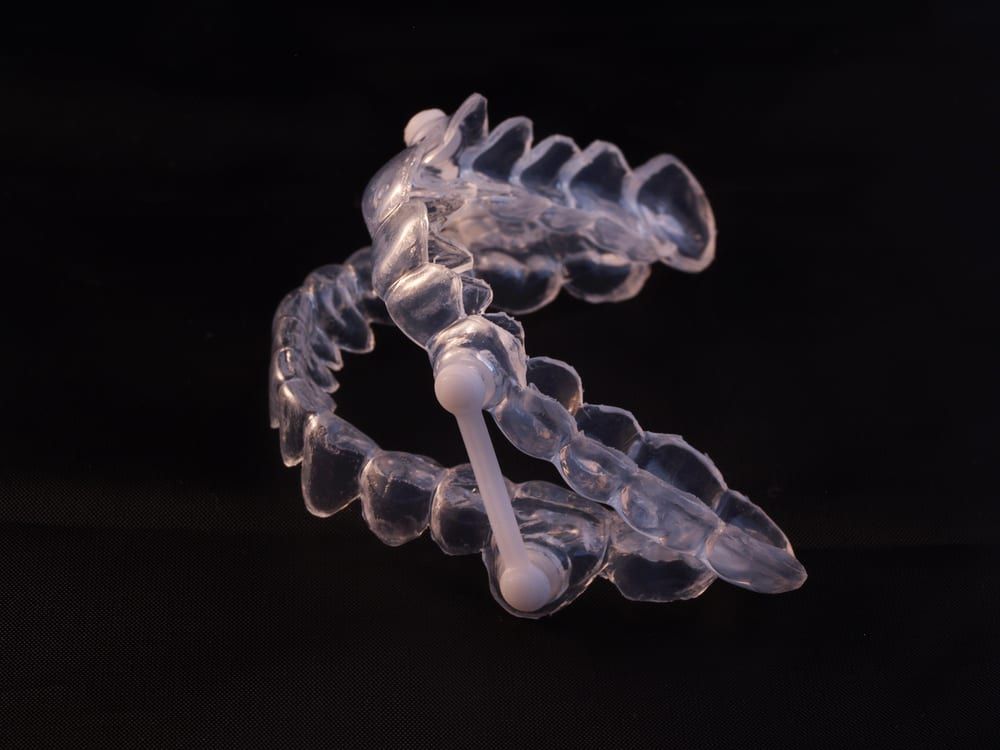There are many different types of sleep apnea, including obstructive sleep apnea (OSA) and central sleep apnea (CSA). In obstructive sleep apnea, a person struggles to inhale properly because the airway is partially collapsed. In central sleep apnea, a persons brain fails to send signals to breathe, resulting in short periods of sleep when he or she is unable to breathe at all. Instead of using a continuous positive airway pressure (CPAP) to relieve these issues, we offer dental alternatives to open the airway to allow natural breathing.
Did you know…
Around 1 in 5 adults have mild symptoms of sleep apnea, while 1 in 15 have moderate to severe symptoms? Though it can occur in kids of any age and adults, it is most common in children between the ages of 2 and 8 and people who are overweight or have enlarged tonsils or adenoids are at the greatest risk of developing OSA, which is the most common type of sleep apnea in children. However, some kids with OSA also develop central sleep apnea – a condition known as mixed sleep apnea.
Frequently Asked Questions
How do I know if my child or I have sleep apnea?
A child or adult with sleep apnea will show signs of labored breathing. Often, this includes snoring, pauses between breaths and gasping. During the day, a child or adult with sleep apnea may be drowsy or have difficulty staying awake due to restless sleep during the night.
What should I do if I think I have sleep apnea?
Prolonged pauses between breathing can be a serious problem. Schedule an appointment with a pulmonologist for a complete evaluation and diagnosis. The doctor will examine you or your child and may take x-rays of the upper respiratory tract to identify any potential obstructions. In some cases, an overnight sleep study may be necessary to confirm a diagnosis.
What are the treatments for sleep apnea?
Treatment for sleep apnea varies depending on the type of apnea you have. For example, obstructive sleep apnea is typically easily resolved with continuous positive airway pressure (CPAP) or our less disturbing alternatives, which is administered at night using an oral appliance. Central sleep apnea, however, is more complicated and may require oxygen supplementation or assisted breathing to treat.

